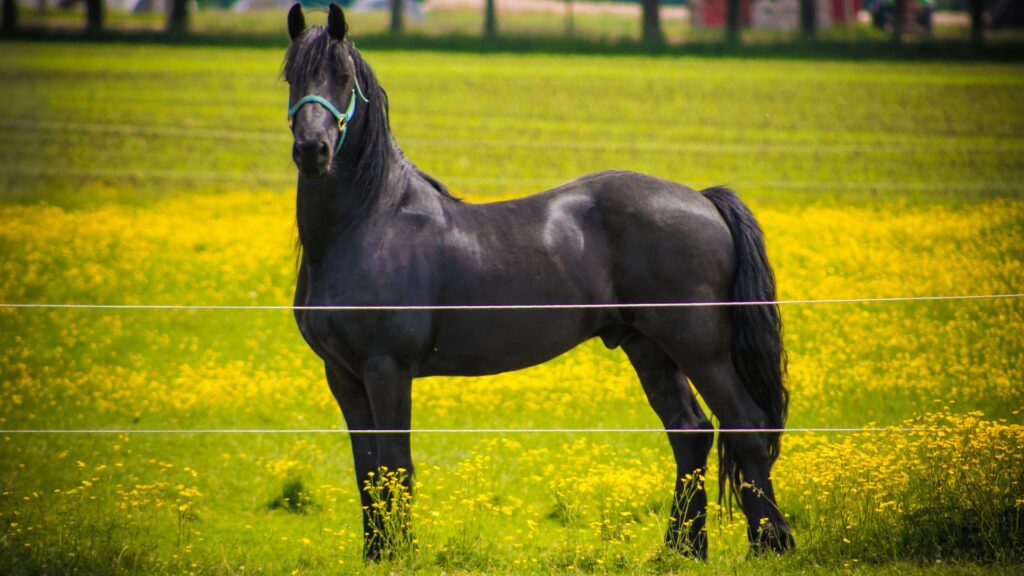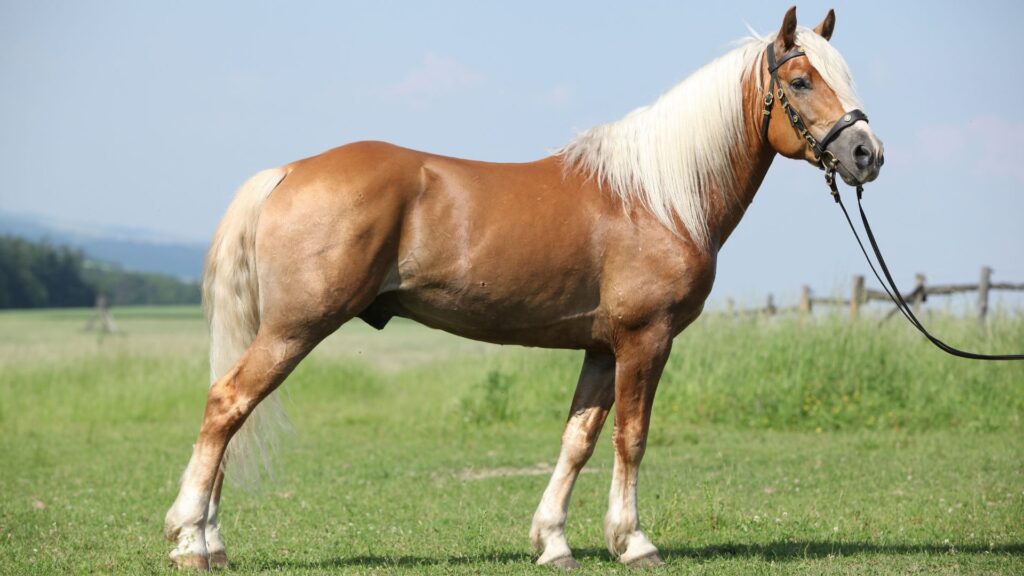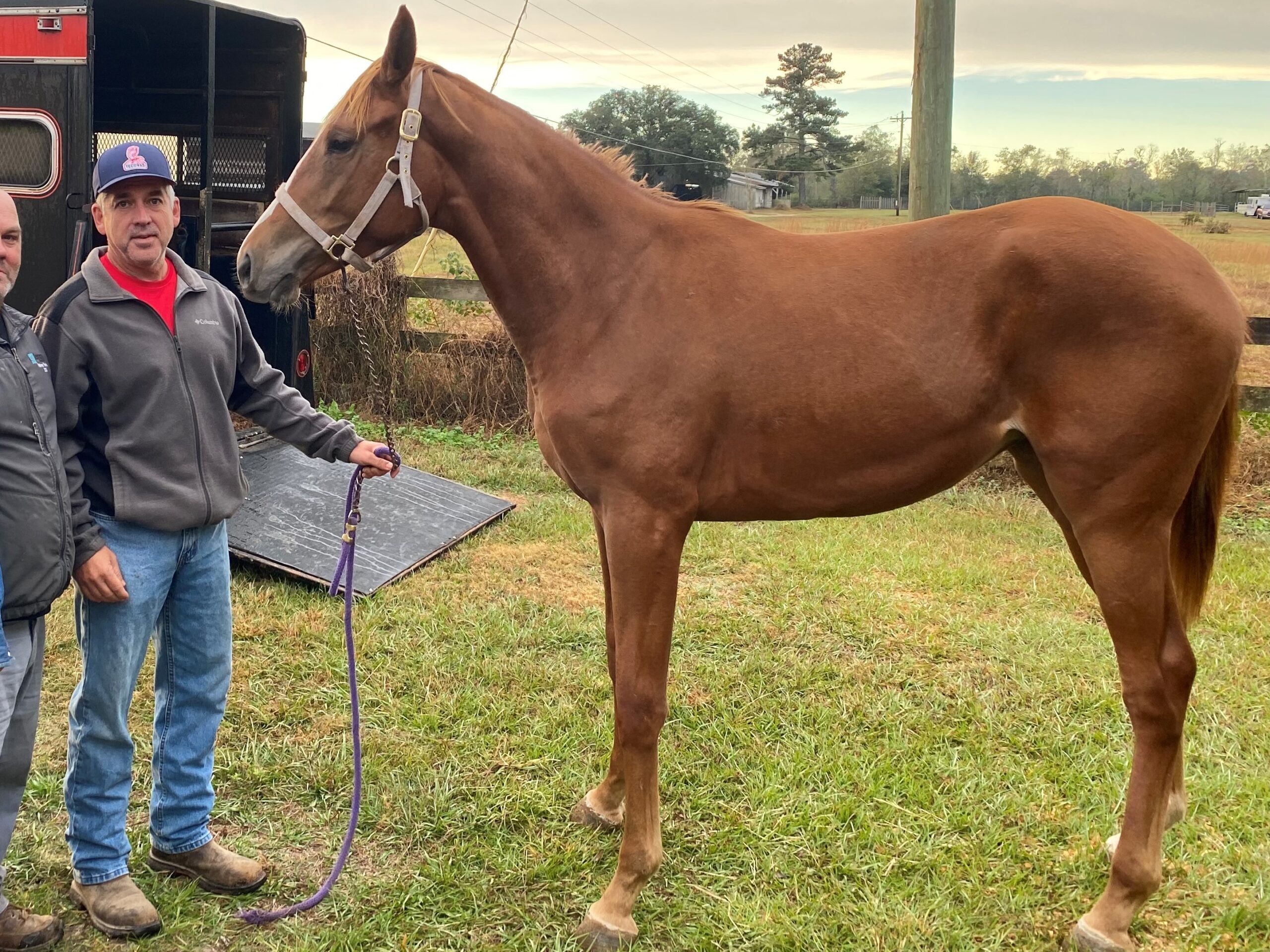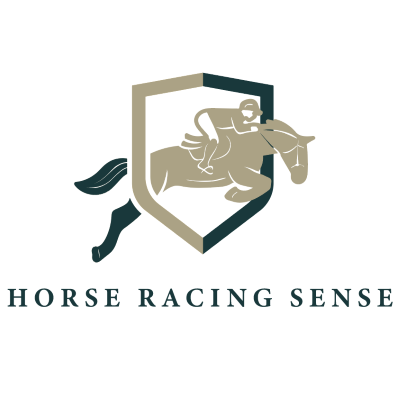Published on: October 15, 2024
The sleek black Friesian, the chestnut Haflinger, and the dun Norwegian Fjord are horse breeds instantly recognizable by their iconic coat colors. But why are specific colors associated with certain breeds? This article explores the fascinating connection between horse color and breed.
Breed standards, guidelines defining a breed’s ideal characteristics, often include coat color. This article explores this fascinating connection. We’ll examine how breed standards influence color, highlight color-specific breeds, and uncover unique variations. Understanding this link deepens our appreciation for horses’ diversity.

Coat Color and Breed Standards
Breed standards are guidelines that help preserve the unique characteristics of each horse breed. Coat color is often a crucial component of these standards, either as a defining characteristic or a disqualifying factor.
For some breeds, coat color is a fundamental aspect of their identity. For example, the Friesian Horse Association requires all Friesian horses to have a solid black coat. This black coat is a hallmark of the breed, setting it apart from others.

In other cases, coat color may not be a defining characteristic, but it can still be a factor in determining a horse’s eligibility for registration. The Appaloosa Horse Club mandates that all registered Appaloosa horses have a spotted coat pattern.

Each breed has specific coat color requirements based on its history, genetics, and desired characteristics. Some breeds have strict color rules, while others allow for more variation. Understanding these requirements is essential for horse owners and breeders seeking to register their horses with a specific breed association.
Purpose and Importance of Breed Standards
Breed standards serve several vital purposes:
- Preserving breed heritage: They ensure that horses maintain their unique characteristics.
- Guiding breeding practices: They provide breeders with clear guidelines for producing desirable horses.
- Maintaining breed integrity: They help ensure that only horses meeting specific criteria are registered.
Additional Examples of Breeds with Specific Coat Color Requirements
- Thoroughbreds are known for their diverse coat colors. The Jockey Club, the official registry for Thoroughbred horses, recognizes the following coat colors: Bay, Chestnut, Black, Gray, and Roan.
- American Quarter Horses are registered with solid coat colors, including chestnut, bay, sorrel, and roan. Some markings, such as white blazes or stockings, are allowed.
- Clydesdale horses are known for their distinctive bay or brown coats, often with white markings on their faces, legs, and bellies.
- Percheron horses are registered with gray or black coats. While these are the traditional colors, other colors, such as chestnut or bay, may sometimes be accepted.
- Tennessee Walking Horses are primarily registered with solid coat colors, including chestnut, bay, and sorrel. Some markings, such as white blazes or stockings, are allowed.
Color-Specific Breeds
Some horse breeds have a strong association with particular coat colors. Let’s delve into a few of these distinctive breeds:
Friesian Horse
The Friesian horse is renowned for its striking black coat, a defining characteristic of the breed. This deep, rich black color has been a hallmark of Friesians for centuries, contributing to their elegance and regal appearance.
While the ideal Friesian coat is a solid jet black, some variations are acceptable. A slightly bluish or brownish tint, known as “black with a varnish sheen,” may be present. However, any significant deviations from the black color, such as white markings exceeding a star or snip on the face, can disqualify a horse from registration as a Friesian.

Norwegian Fjord
The Norwegian Fjord is primarily a color breed, with most horses exhibiting the distinctive dun coat color. This dun coat is characterized by a darker base coat, typically a dun (buckskin), bay, or brown, with a lighter dorsal stripe running down the back and lighter leg markings.
Some Fjord horses may also have primitive markings like zebra stripes on their legs or barring on their shoulders. These additional markings are considered desirable traits in the breed.

Haflinger Horse
The Haflinger horse is known for its characteristic chestnut coat with a flaxen mane and tail. This combination of colors creates a visually striking and unique appearance. While chestnut is the primary coat color for Haflingers, there can be some variation in the shade. A rich, copper chestnut is generally preferred, but lighter shades like golden chestnut or a slightly flaxen body color are also acceptable.
The flaxen mane and tail are a crucial component of the Haflinger’s appearance and are typically a lighter, almost golden color. Disqualifying markings for Haflingers include large white markings on the body, extensive leg markings that reach above the knee or hock, or a solid-colored mane and tail without flaxen highlights.

Appaloosa Horse
The Appaloosa horse is celebrated for its diverse coat patterns resulting from a genetic mutation known as the Leopard Complex (LP) gene. This gene can produce a wide range of patterns, including:
Appaloosa Coat Patterns: A Visual Guide
| Pattern Name | Description | Image |
|---|---|---|
| Leopard | Small, round spots scattered over the body. |  |
| Blanket | A large, blanket-like pattern with a dark body and a lighter blanket covering the shoulders and back. |  |
| Snowflake | Small, white spots scattered over a dark base coat. |  |
The Appaloosa Horse Club recognizes several other coat patterns, including frosted, marble, and leopard with a spotted blanket. The diversity of Appaloosa coat patterns is a testament to the breed’s unique genetic makeup and contributes to its popularity and appeal.
Cleveland Bay
This majestic breed is known for its single, defining color—bay. A true Cleveland Bay horse will have a rich, blood-bay coat with a black mane and tail. White markings, no matter how small, are a disqualification for registration.

Unique Color Variations within Breeds
Beyond the traditional coat colors, some horse breeds showcase extraordinary color patterns that are not commonly found in other breeds. Here are some of my favorites:
Rocky Mountain Horse: Chocolate Silver Dapple
The Rocky Mountain Horse is known for its captivating chocolate silver dapple coat. This unique coloration results from the silver dapple gene, which interacts with the horse’s black pigment, creating a mesmerizing blend of dark and light hairs. The effect is a shimmering, dappled coat that sets the breed apart.

American Paint Horse: A Tapestry of Pinto Patterns
The American Paint Horse is celebrated for its stunning pinto patterns, a diverse tapestry created by the interaction of genes. Here’s a closer look at the three main types:
- Tobiano: Characterized by large, irregularly shaped white patches that often cross the horse’s back (dorsal stripe). These patches can be jagged or rounded and may extend below the belly.
- Overo: Distinguished by smaller, more defined white markings that typically don’t cross the back. These patches can be solid white, roan (a mix of white and colored hairs), or framed by a dark border.
- Tovero: A captivating combination of Tobiano and Overo characteristics, showcasing a blend of large and small white patches.

Variations within the Patterns:
Each pinto pattern boasts a remarkable range of variations. Tobiano patterns can vary in the size and distribution of white patches, while Overo patterns can exhibit different degrees of spotting and roaning within the white markings. Tovero horses present a fascinating mix of both, creating unique color combinations.
Key Distinguishing Characteristics
While all three patterns involve white markings, some key features help differentiate them:
- Dorsal Stripe: Tobiano horses almost always have a dorsal stripe, while Overo typically doesn’t.
- Patch Shape: Tobiano patches tend to be larger and more irregular than Overo’s smaller, well-defined markings.
- Solid White: Solid white markings on the head and legs are more common in Overo patterns, while Tobiano often displays a splash of color in these areas.
By understanding these variations and characteristics, you can appreciate the incredible diversity of pinto patterns that make the American Paint Horse such a visually captivating breed.
Bashkir Curly Horse
The Bashkir Curly Horse is a unique breed known for its curly coat. This curly coat can come in a wide variety of colors, including solid colors like chestnut, bay, and black, as well as spotted patterns reminiscent of Appaloosa and Pinto horses. The Bashkir Curly’s ability to exhibit such diverse coat colors adds to its versatility and appeal.

Marwari Horse
The Marwari horse is a distinctive Indian breed known for its unique inward-turning ear tips. Regarding coat color, Marwari horses can be found in various colors, including piebald and skewbald patterns. These patterns feature large patches of white and colored hair, creating a striking and visually appealing appearance.

Conclusion: Horse Color and Breed
Horse breeds and coat colors are intricately linked, with breed standards playing a crucial role in preserving each breed’s unique characteristics. From the Friesian’s iconic black coat to the Appaloosa’s spotted patterns, the equine world offers a fascinating array of color variations. Understanding these connections helps us appreciate horses’ beauty and diversity.
Do you have a favorite breed or coat color? Have you encountered any unusual color variations? Feel free to share your stories and ask any questions you may have. Share your experiences with different horse breeds and colors in the comments below.
To learn more about horse breeds, coat colors, and genetics, explore the following resources on our site:
- The Basics of Horse Color Genetics: Decoding Equine Colors
- Horse Breeds: The Ultimate Guide
- Essential Horse Care for New Owners: A Complete Guide

About the Author: Miles Henry
Lifelong Horseman | Racehorse Owner | Published Author
Miles Henry brings over 25 years of hands-on experience training and owning Thoroughbred racehorses. Raised with Quarter Horses and Appaloosas, he’s spent a lifetime learning from horses—on the track, in the barn, and in the field. Today, he runs a small but successful racing stable in Louisiana and shares real-world insights on HorseRacingSense.com, helping horse owners, fans, and bettors navigate the sport with confidence.
📚 Books: View Miles’s books on Amazon »
🎧 Podcast Guest: Animal Tales Ep. 32 |
YouTube Interview
📩 Newsletter: Sign up for racing tips and horse care advice »
🔗 Follow Miles:
Twitter |
Facebook |
YouTube

